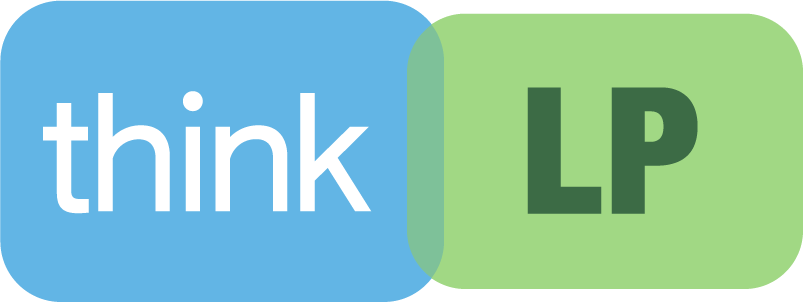What Is Predictive Analytics for Shrink Reduction?
Predictive analytics involves using data, statistical algorithms, and machine learning to forecast future outcomes. In the context of shrink reduction, predictive analytics analyzes historical data to identify patterns and trends that could indicate potential shrinkage risks. By applying these insights, businesses can anticipate shrinkage events and take preventive measures to minimize loss.
Unlike traditional methods that react to shrinkage after it occurs, predictive analytics allows businesses to take a proactive approach, targeting areas where shrinkage is most likely to happen. With the right data and features, companies can not only address current shrinkage but also prevent future losses more effectively.
How Predictive Analytics Helps Identify Shrink Risks
One of the key benefits of predictive analytics is its ability to uncover hidden patterns in data that may not be immediately obvious. For example, historical data about store traffic, employee behavior, and past theft incidents can be analyzed to predict which areas of a store or warehouse are at higher risk for shrinkage. By reviewing factors like time of day, location, and types of products targeted, predictive models can help businesses pinpoint where to focus their attention.
Predictive analytics also allows businesses to evaluate employee performance and identify potential internal threats. By tracking inventory discrepancies, point-of-sale transactions, and employee schedules, companies can identify patterns of suspicious behavior and address potential risks before they lead to significant losses.
Data-Driven Decisions for Shrink Prevention
The real power of predictive analytics for shrink reduction lies in its ability to transform data into actionable insights. Businesses can use predictive models to make data-driven decisions about where to allocate resources and when to implement preventive measures. For example, if predictive analytics shows that a particular section of a store has a higher risk of theft, businesses can increase surveillance in that area, adjust staffing levels, or implement stricter inventory controls.
Furthermore, predictive analytics helps businesses optimize inventory management. By analyzing patterns of shrinkage, companies can adjust their ordering practices to avoid overstocking or understocking high-risk items. This helps reduce the likelihood of theft while ensuring that products are available for legitimate customers.
Real-Time Monitoring and Alerts
In addition to predicting shrinkage, predictive analytics systems can provide real-time monitoring and alerts. This allows businesses to respond to potential theft or fraud as it happens, minimizing damage and loss. For example, if a predictive model identifies a high-risk situation, it can trigger an alert to security personnel or store managers, allowing them to take immediate action.
Real-time monitoring can also be used to assess the effectiveness of current loss prevention strategies. By tracking the success of various interventions, such as increased surveillance or employee training, businesses can determine which strategies are most effective at reducing shrinkage and adjust their approach accordingly.

The Role of ThinkLP in Predictive Analytics for Shrink Reduction
ThinkLP’s Loss & Safety Intelligence Platform includes the Exception-Based Reporting & Analytics feature, which utilizes predictive analytics to provide insights into the various factors contributing to retail loss. This powerful tool helps users gain a comprehensive understanding of the full scope of retail loss. By integrating data from multiple sources, such as point-of-sale and inventory systems, the platform enables businesses to analyze and address potential shrinkage. Additionally, ThinkLP offers AI-powered, real-time data analysis and alerts, allowing companies to detect, review, and respond to suspicious transaction patterns as they arise.
Benefits Beyond Shrink Reduction
While the primary focus of predictive analytics for shrink reduction is to minimize loss, the benefits extend beyond just security:
-
- Improves inventory accuracy: Enhances the precision of stock levels, reducing overstocking and stockouts, and improving overall inventory management.
- Optimizes store layouts: Helps businesses identify high-traffic areas and adjust store layouts to improve product placement, reducing shrink and enhancing the shopping experience.
- Better understanding of customer behavior: Predictive analytics offers insights into purchasing patterns, allowing businesses to adjust sales strategies, optimize pricing, and tailor promotions.
- Identifies theft-prone products: Highlights products that are frequently targeted for theft, enabling businesses to enhance security or adjust inventory levels accordingly.
- Improves profitability: By refining product offerings based on predictive insights, businesses can increase sales while simultaneously reducing shrink and other operational inefficiencies.
Looking Ahead: The Future of Shrink Reduction
The future of shrink reduction lies in the continued integration of predictive analytics and other advanced technologies. As data collection and analysis features improve, businesses will be able to refine their predictive models, making them even more accurate and effective at preventing loss.
Moreover, as machine learning algorithms become more sophisticated, predictive analytics systems will be able to identify emerging trends and adapt to changing security risks in real-time. This means that businesses will be able to stay one step ahead of potential threats, continually improving their loss prevention strategies.
Final Thoughts on Predictive Analytics for Shrink Reduction
Predictive analytics for shrink reduction offers businesses a smarter, more effective way to prevent loss. By using data to identify potential risks, make informed decisions, and respond in real-time, businesses can significantly reduce shrinkage and improve overall security. With features from ThinkLP’s platform, companies can leverage predictive analytics to stay ahead of emerging threats, optimize operations, and enhance profitability.
As shrink continues to impact businesses, adopting predictive analytics is becoming a necessity for businesses committed to protecting their assets and improving their bottom line.
Explore ThinkLP’s Blog
Now that you know more about predictive analytics for shrink reduction, you can find additional insights on loss prevention and safety intelligence on ThinkLP’s blog. The blog features articles, case studies, and industry insights that provide practical tips and strategies for improving your loss prevention efforts.
Request a Demo
If you are interested in how ThinkLP’s software can support your loss prevention initiatives, we invite you to request a demo. Their Loss & Safety Intelligence Platform is designed to integrate with your existing operations, helping you reduce risks and improve efficiency. Reach out today to learn how ThinkLP can assist your organization in optimizing its loss prevention strategy.


